Undetectable PowerShell backdoor discovered hiding as Windows update
SafeBreach researchers identified the backdoor, which they say went undetected on all major antivirus programs

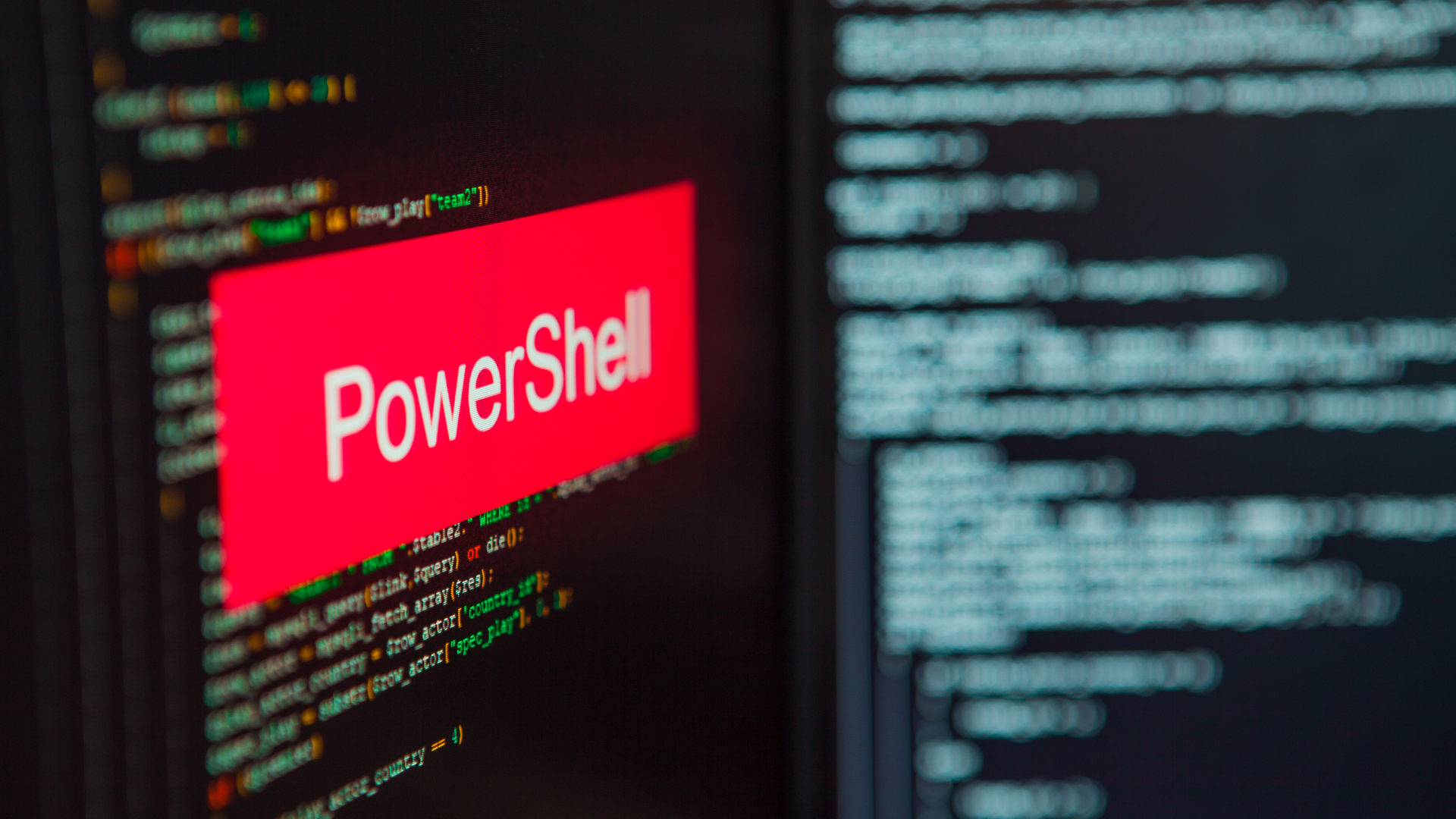
Cyber security firm SafeBreach has warned of a fully undetectable (FUD) PowerShell backdoor using a novel attack methodology.
The vulnerability, which researchers discovered in the wild, uses a PowerShell script to create a scheduled task in the victim’s system, disguised as a Windows update. To enhance the deception, the task executes a script named ‘updater.vbs’ from a fake update folder located in the victim’s appdata folder.
RELATED RESOURCE
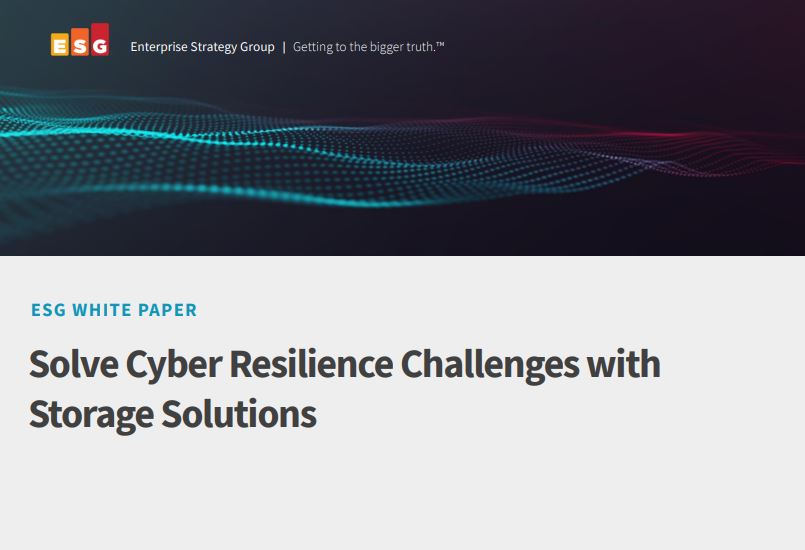
Solve cyber resilience challenges with storage solutions
Fundamental capabilities of cyber-resilient IT infrastructure
SafeBreach noted that this novel vector of attack makes it particularly dangerous, as antivirus aggregator VirusTotal found the attack was able to bypass all security software tested. The backdoor has thus been marked as FUD in a blog post by SafeBreach.
Attacks originate with a Word document, named ‘Apply Form.docm’, containing a macro code that deploys a malicious PowerShell script. Researchers identified the document as having been created in August 2022 in Jordan. The file’s Metadata, containing the term ‘Linkedin based job application’, suggests a link to the phishing campaigns that have seen a surge on LinkedIn in 2022.
Prior to execution of the updater script, two separate PowerShell scripts titled ‘Script.ps1’ and ‘Temp.ps1’ are created, and their contents are stored in obfuscated form within text boxes in the Word document. Script1.ps1 is used to establish a connection with the malicious operator’s command and control (C2) server, seeking commands to be executed. Commands are sent in the form of Advanced Encryption Standard (AES) 256 CBC encrypted strings, which are then decrypted through the GCHQ-made web app CyberChef.
Commands begin with a value of 0,1 or 2, which each invoke different responses from the Temp.ps1 script. Those that begin with 0 will be executed, with the output then encrypted using the same key, and uploaded to a URL through the C2. Commands that begin with 1 are read from a path designated through the C2 and executed, while those that begin with 2 are written to a designated path and executed.
SafeBreach researchers identified the exact URL the script connects to, using an HTTP GET request. When contacted for the first time, this returns a unique victim ID. The first test run by the team returned the number 70, leading to the conclusion that approximately 69 victims have been affected by the backdoor so far. Through the coding flaw of these predictable IDs, researchers wrote a script acting like each prior victim, and recorded the C2 commands received.
Sign up today and you will receive a free copy of our Future Focus 2025 report - the leading guidance on AI, cybersecurity and other IT challenges as per 700+ senior executives
Based on this information, SafeBreach has found that 66% of commands sent thus far have been data exfiltration requests, while a minority have sought to delete files from victims’ public folders, list files in their special folders, or return their IP address.
“Our research team believes this threat is significant because it is fully undetectable and was shown to bypass all the security vendors' scanners under VirusTotal.com,” Tomer Bar, director of security research at SafeBreach told IT Pro.
“We strongly recommend that all security teams use the indicators of compromise (IOCs) we identified to better detect and protect themselves against this threat. We also suggest that the security mistakes we discovered by this threat actor be used by blue teams in their future digital forensics and incident response (DFIR) investigations.”
SafeBreach has added coverage for this backdoor on its security platform, and has listed all of the IOCs and PowerShell scripts it discovered within its blog post declaring the risk.

Rory Bathgate is Features and Multimedia Editor at ITPro, overseeing all in-depth content and case studies. He can also be found co-hosting the ITPro Podcast with Jane McCallion, swapping a keyboard for a microphone to discuss the latest learnings with thought leaders from across the tech sector.
In his free time, Rory enjoys photography, video editing, and good science fiction. After graduating from the University of Kent with a BA in English and American Literature, Rory undertook an MA in Eighteenth-Century Studies at King’s College London. He joined ITPro in 2022 as a graduate, following four years in student journalism. You can contact Rory at rory.bathgate@futurenet.com or on LinkedIn.
-
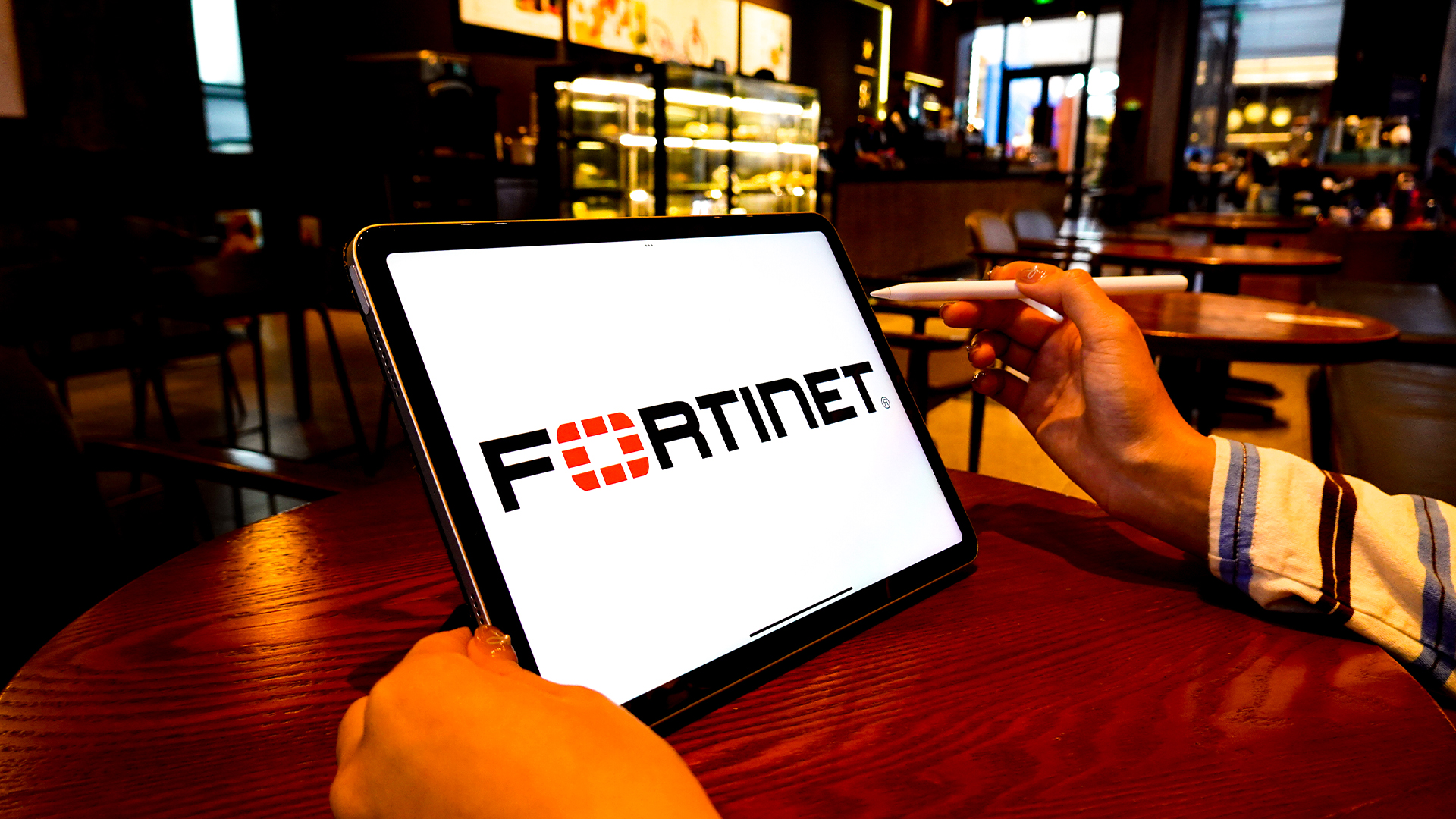 Two Fortinet vulnerabilities are being exploited in the wild – patch now
Two Fortinet vulnerabilities are being exploited in the wild – patch nowNews Arctic Wolf and Rapid7 said security teams should act immediately to mitigate the Fortinet vulnerabilities
-
 Everything you need to know about Google and Apple’s emergency zero-day patches
Everything you need to know about Google and Apple’s emergency zero-day patchesNews A serious zero-day bug was spotted in Chrome systems that impacts Apple users too, forcing both companies to issue emergency patches
-
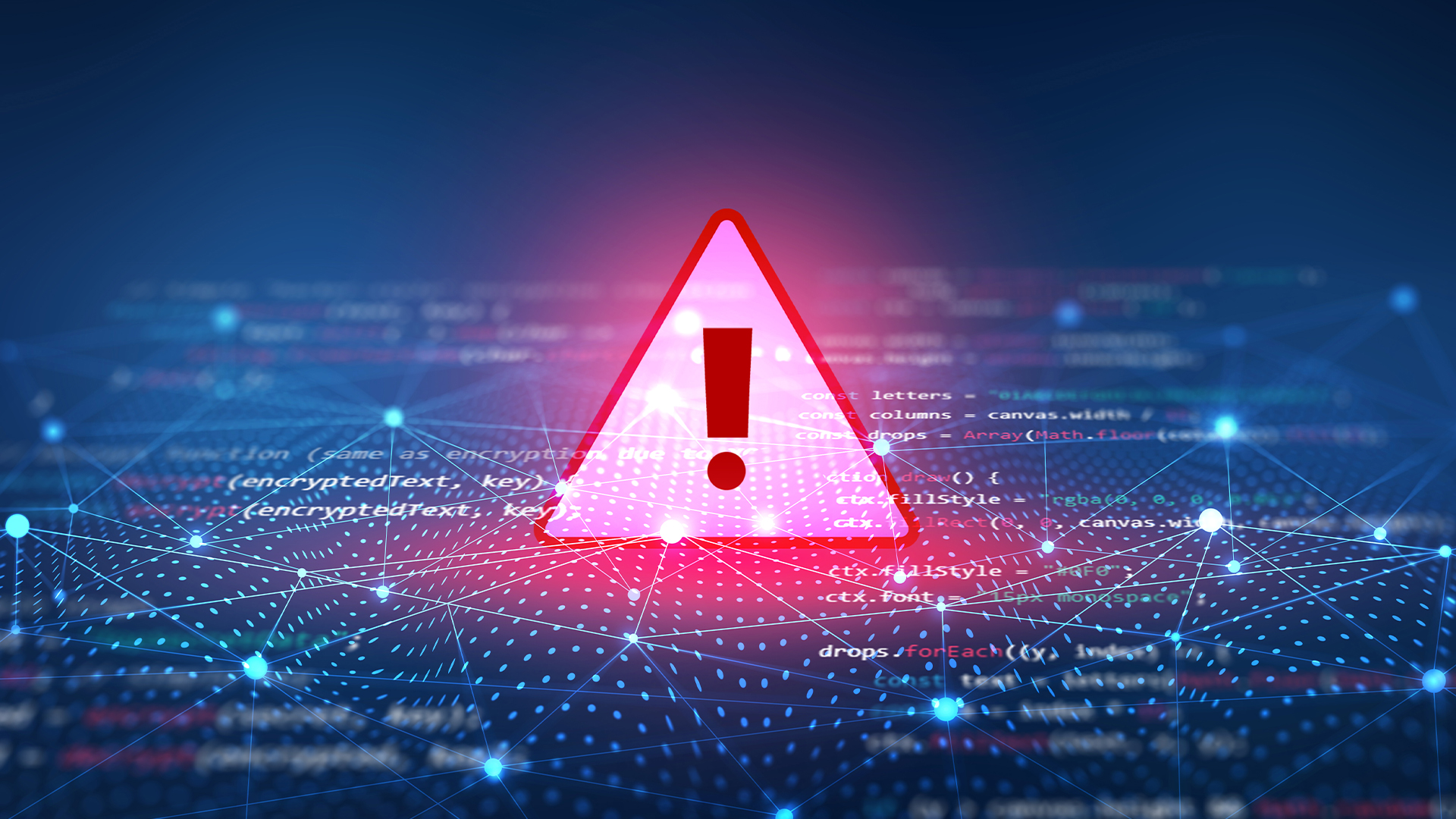 Security experts claim the CVE Program isn’t up to scratch anymore — inaccurate scores and lengthy delays mean the system needs updated
Security experts claim the CVE Program isn’t up to scratch anymore — inaccurate scores and lengthy delays mean the system needs updatedNews CVE data is vital in combating emerging threats, yet inaccurate ratings and lengthy wait times are placing enterprises at risk
-
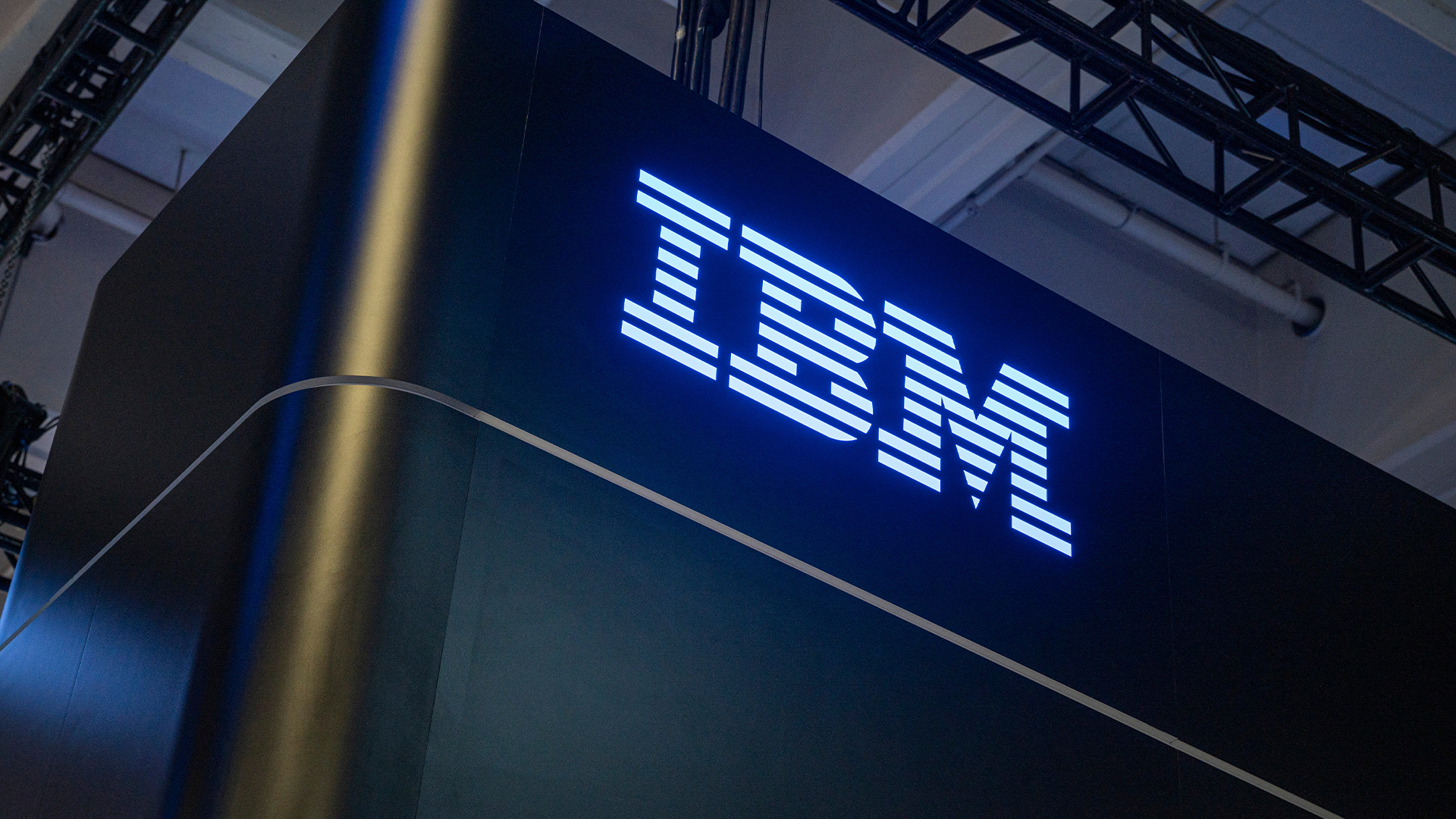 IBM AIX users urged to patch immediately as researchers sound alarm on critical flaws
IBM AIX users urged to patch immediately as researchers sound alarm on critical flawsNews Network administrators should patch the four IBM AIX flaws as soon as possible
-
 Critical Dell Storage Manager flaws could let hackers access sensitive data – patch now
Critical Dell Storage Manager flaws could let hackers access sensitive data – patch nowNews A trio of flaws in Dell Storage Manager has prompted a customer alert
-
 Flaw in Lenovo’s customer service AI chatbot could let hackers run malicious code, breach networks
Flaw in Lenovo’s customer service AI chatbot could let hackers run malicious code, breach networksNews Hackers abusing the Lenovo flaw could inject malicious code with just a single prompt
-
 Industry welcomes the NCSC’s new Vulnerability Research Initiative – but does it go far enough?
Industry welcomes the NCSC’s new Vulnerability Research Initiative – but does it go far enough?News The cybersecurity agency will work with external researchers to uncover potential security holes in hardware and software
-
 Hackers are targeting Ivanti VPN users again – here’s what you need to know
Hackers are targeting Ivanti VPN users again – here’s what you need to knowNews Ivanti has re-patched a security flaw in its Connect Secure VPN appliances that's been exploited by a China-linked espionage group since at least the middle of March.

